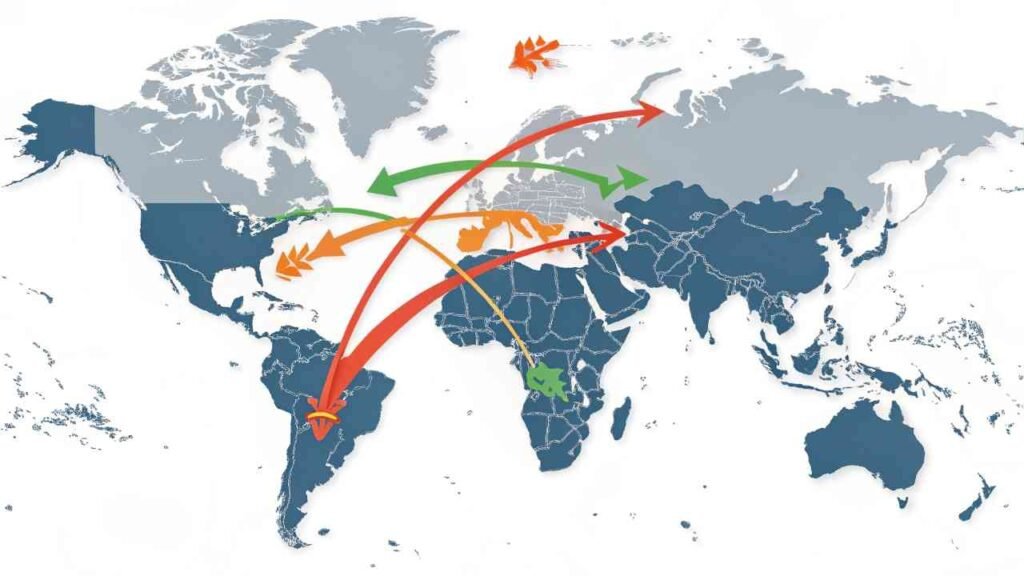Noticing that vanillin prices are on a steady rise? Wondering if this trend will continue to impact your purchasing strategy? Let's explore the reasons.
Global demand for vanillin is increasing due to strong growth in the food and beverage industry, particularly confectionery. New demand from cosmetics and pharmaceuticals, coupled with rising middle-class consumption in emerging markets, is also a major driver.
I see this growing demand in my business every day. This is not a temporary spike—it’s a fundamental market shift. To be a smart buyer, you need to understand where this demand is coming from.
Which industries drive Vanillin consumption growth?
Think vanilla is just for ice cream and cakes? This limited view means you are missing the full picture of what is driving the market.
The food and beverage industry is the primary driver, accounting for the vast majority of consumption. However, the pharmaceutical and cosmetics industries are also emerging as significant and fast-growing sources of new demand.
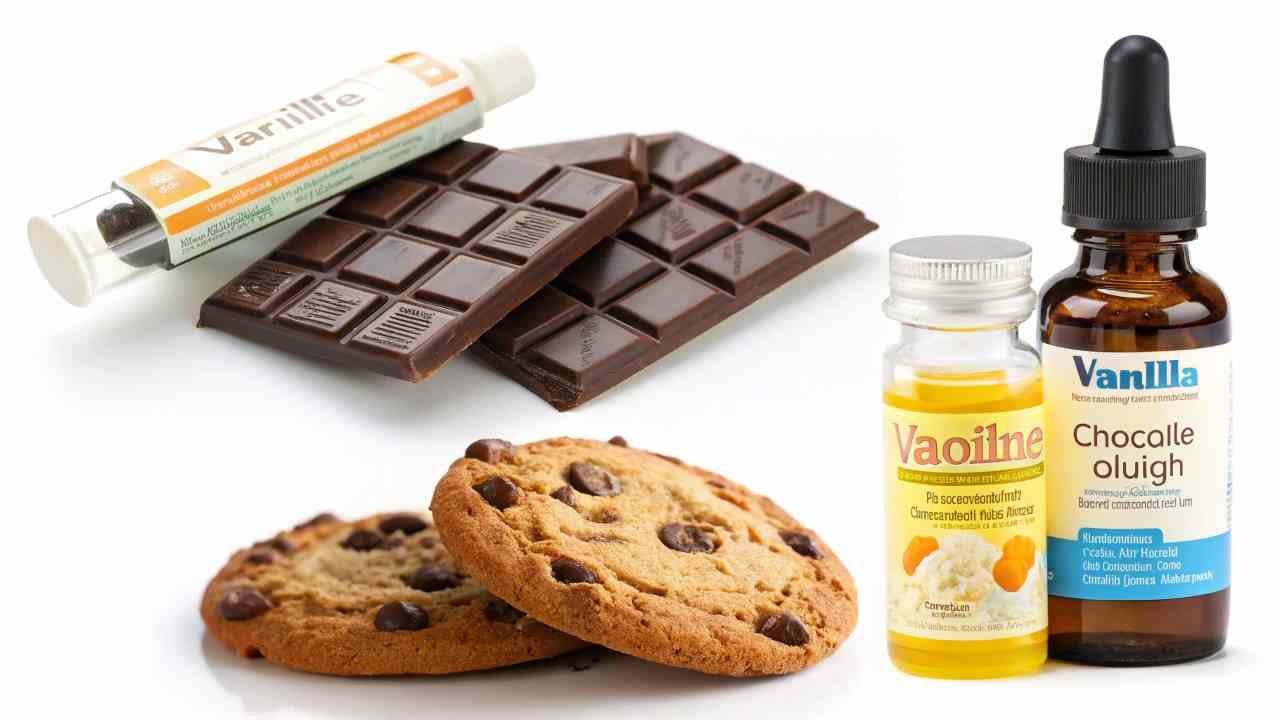
The food and beverage1 sector is the foundation of the vanillin market, essential in bakery, confectionery, dairy, and beverages. Beyond food, two other sectors are adding to the growth. Pharmaceuticals2 use vanillin's pleasant flavor to mask the bitter taste in medicines. The cosmetics industry uses its warm, sweet scent as a key fragrance in perfumes and lotions.
Vanillin Consumption by Industry:
| Industry Sector | Demand Volume | Growth Rate | Key Application |
|---|---|---|---|
| Food & Beverage | Very High | Steady | Flavoring for bakery, confectionery, dairy, drinks |
| Pharmaceuticals | Low | Growing | Masking bitter tastes in medicines. |
| Cosmetics | Low | Growing | Fragrance in perfumes, lotions, personal care |
| Animal Feed | Medium | Stable | Palatability enhancer in feed for young animals |
How does rising demand in confectionery affect Vanillin trade?
Seeing more chocolate and candy on store shelves, especially in new markets? This global sweet tooth has a direct and powerful impact on the vanillin supply chain.
Rising global demand for confectionery, especially chocolate in emerging economies, creates a massive and growing baseline of vanillin consumption. This consistent demand tightens the global supply and supports stronger, more stable price levels.
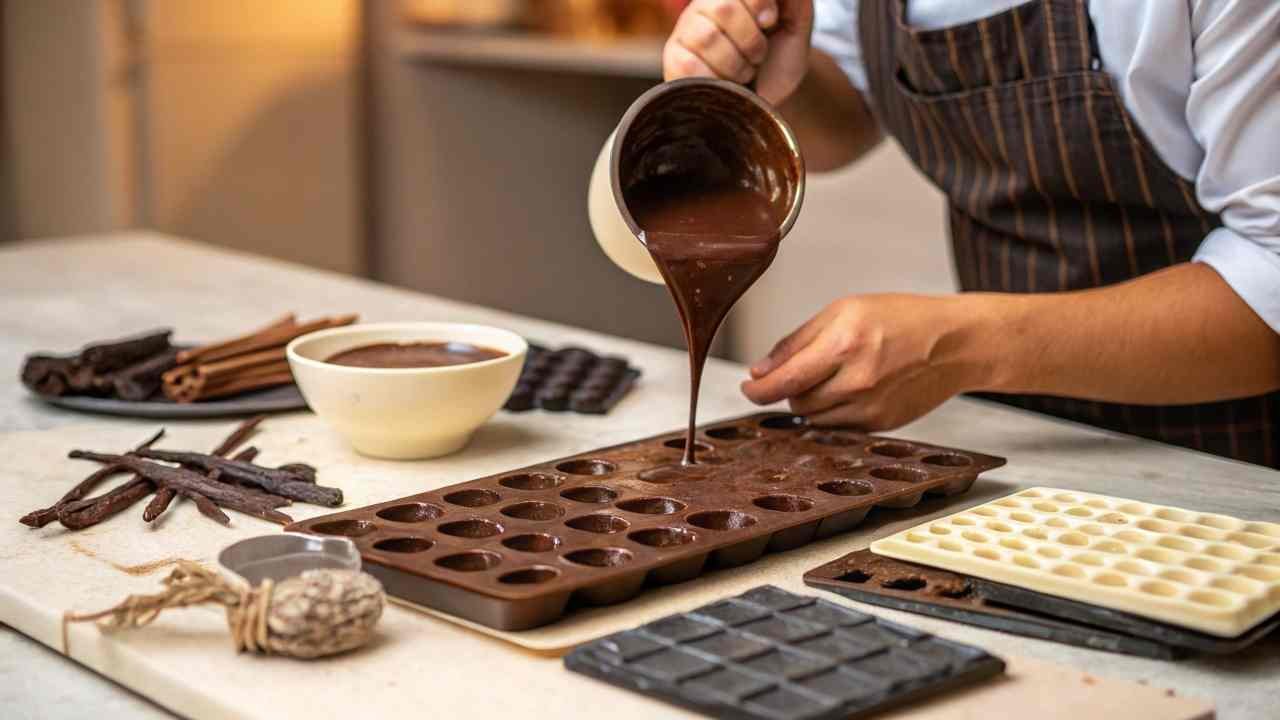
Vanillin is essential in chocolate to balance the bitterness of cocoa. The global chocolate market is a huge consumer. The fastest growth is now in emerging markets3. As the middle class grows in Asia and the Middle East, so does their appetite for sweets. This new, large-scale demand for confectionery creates a corresponding surge in demand for vanillin, which is a major force reshaping global trade.
Confectionery Market Impact on Vanillin:
| Market Type | Key Characteristics | Vanillin Demand Pattern |
|---|---|---|
| Established Markets (EU, NA) | High per-capita consumption, stable demand. | High, stable, and predictable. |
| Emerging Markets (Asia, MEA) | Rising middle class, growing disposable income. | The fastest-growing demand segment. |
Can cosmetics and pharma boost Vanillin demand further?
Think vanillin is only about what we can taste? You are overlooking a hidden but rapidly growing market that uses our other senses.
Yes, the cosmetics industry uses vanillin for its warm fragrance, while pharma uses it as a flavoring agent to mask bitterness. These niche but high-value applications are growing steadily and diversifying the overall demand for vanillin.

While smaller in volume, these non-food applications are important. In cosmetics4, vanillin provides a warm, sweet base note for many popular perfumes, lotions, and personal care products. In the pharmaceutical industry, its powerful and pleasant flavor is a critical ingredient for masking the bitter taste of medicines, especially those for children, which improves patient compliance. These are high-value, growing markets.
Food vs. Non-Food Applications:
| Application | Key Function | Volume | Value/Margin | Quality Requirement |
|---|---|---|---|---|
| Food & Beverage | Flavor | High | Standard | Food Grade (≥99.5%) |
| Cosmetics | Fragrance | Low | High | High Purity Fragrance Grade |
| Pharmaceuticals | Taste-Masking | Low | Highest | Pharmaceutical (USP/EP) Grade |
How do regional diets shape Vanillin import needs?
Ever wonder why some regions buy so much more vanillin than others? It is deeply connected to their local food culture and economic development.
Regional diets are a major driver. Western countries have high, stable demand due to their large bakery and dairy industries. Emerging markets in Asia and the Middle East show the fastest growth as their diets increasingly incorporate Western-style processed foods.
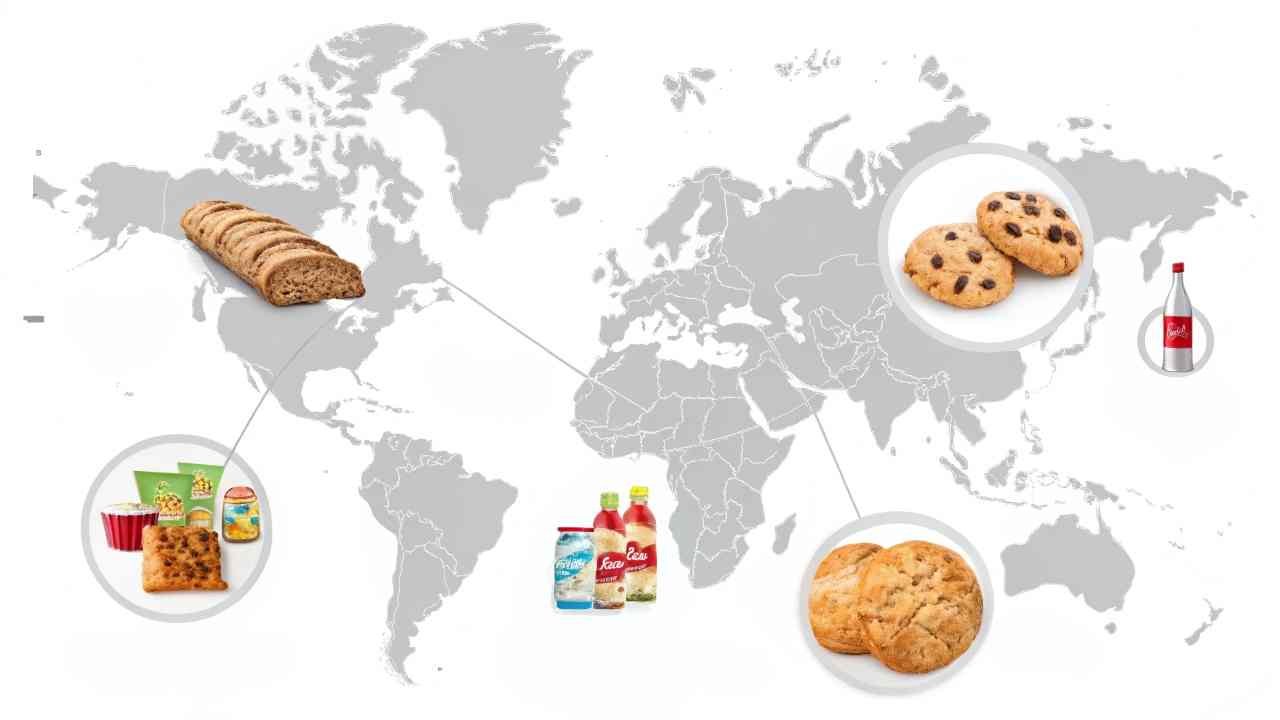
The global market has two parts. Mature markets5 like North America and Europe have high but stable demand due to a diet rich in traditional vanillin-heavy products like baked goods and ice cream. The high-growth markets6 are in Asia and the Middle East. As incomes rise, diets there are shifting toward convenient, processed foods like packaged biscuits and sweet drinks, causing an explosion in demand for vanillin.
Demand Patterns by Region:
| Region | Traditional Diet | Modern Trend | Key Vanillin-Using Products | Demand Outlook |
|---|---|---|---|---|
| North America / Europe | High in baked goods/dairy | Stable, with a trend towards natural flavors. | Ice cream, bakery, chocolate, cereals | Stable |
| Asia / Middle East | Rice, noodles, traditional spices | Rapid adoption of processed/convenience foods. | Packaged biscuits, ice cream, sweet drinks | High Growth |
Is demand for natural Vanillin stronger than synthetic?
Hearing a lot about the "all-natural" trend? Does this mean that synthetic vanillin is becoming obsolete? Let's look at the real market data.
While demand for natural vanillin is growing very fast in percentage terms, its total volume is tiny. Cost-effective synthetic vanillin still accounts for over 99% of the global market by volume and remains the only viable option for mass-market products.
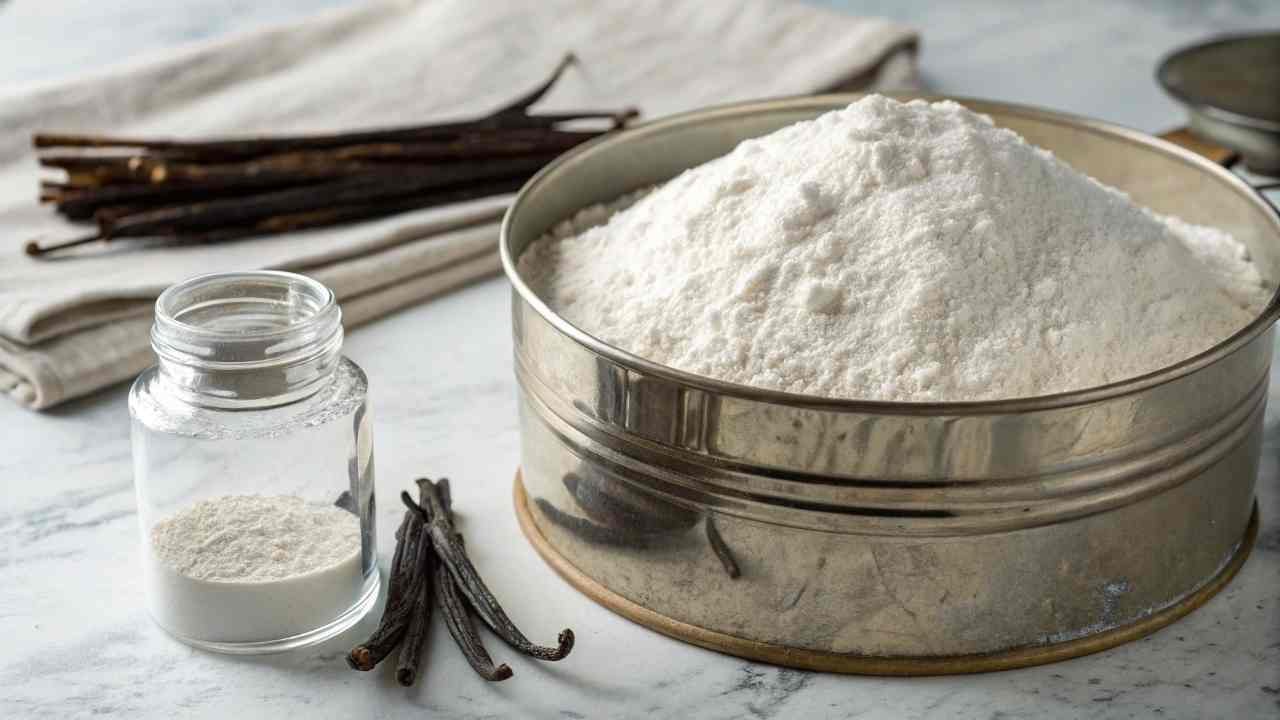
This is a story of volume versus value. The "clean label" trend is fueling high percentage growth for expensive natural vanilla extract, used in premium and gourmet foods. However, synthetic vanillin, which can be 50 times cheaper and has a stable supply, makes up over 99% of the total market volume. The massive growth in global food production is driven by this cost-effective, industrial ingredient.
Natural vs. Synthetic Vanillin Demand:
| Feature | Natural Vanilla (from beans) | Synthetic Vanillin (from guaiacol) |
|---|---|---|
| Source | Agricultural (Orchid) | Industrial (Petrochemical) |
| Cost | Extremely High, Volatile | Low, Stable |
| Global Market Share (Volume) | < 1% | > 99% |
| Key Growth Driver | "Clean Label" trend in premium foods. | Growth of mass-market foods in emerging economies. |
Conclusion
Global demand for vanillin is increasing due to its essential role in food and growing use in new industries. This trend is set to continue, especially in emerging markets.
-
Understanding the significance of the food and beverage sector can provide insights into vanillin's market dynamics. ↩
-
Exploring this link will reveal how vanillin enhances the palatability of medications, crucial for patient compliance. ↩
-
Explore this link to understand how emerging markets are transforming the chocolate industry and driving demand for vanillin. ↩
-
Explore how vanillin enhances fragrances and textures in cosmetics, making products more appealing. ↩
-
Understanding mature markets can provide insights into stable demand trends and consumer behavior. ↩
-
Exploring high-growth markets can reveal opportunities for investment and expansion in emerging economies. ↩

